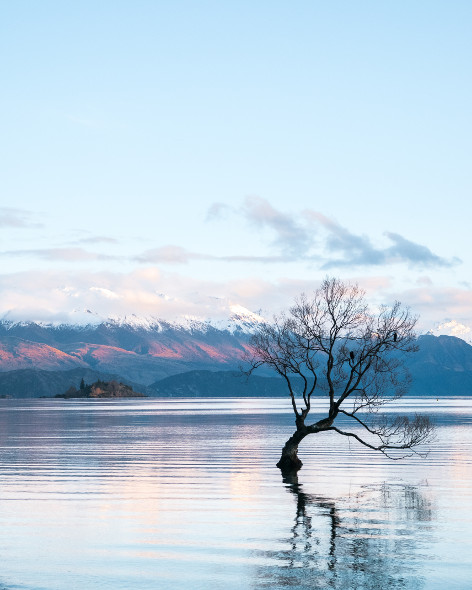In a low carbon future, more of Europe’s electricity will have to be fuelled by the weather. Frequent and accurate forecasting is key to optimizing production of renewable energy.
There's been a lot more snow in the lowlands than usual this year. The powerplants in the lower parts of the river may need to spill more water because of all this snow, says Björn Norell from Swedish regulative authority Vattenregleringsföretagen.
Björn is preparing for the spring floods in Sweden. Along central Sweden's long rivers, there are many hydropower plants, belonging to different energy companies. To be able to take care of the meltwater, the water reservoirs in the whole river need to be lowered before the melting starts.
Björn's task is to figure out the expected inflow in each part of the river, manage the seasonal regulation, and to make sure the energy companies are treated fairly, regardless if their dam is situated upstream or downstream. As all power companies downstream from the seasonal reservoirs benefit from the regulations, these reservoirs are jointly owned through the fully independent regulative authority Vattenregleringsföretagen.
Hydroelectric dams can dampen flood peaks, limiting damages downstream by. The Norwegian industry organization Energy Norway recently calculated that dams prevented damages valued to millions of euros during recent flooding events in Norway. However, to the energy companies, water represents an asset, and they do not want to spill more of it than necessary. Thus, if the flooding event turns out to be smaller than expected – or does not happen at all – the energy companies could lose a lot of money as they wait for their dams to be replenished.
The objective is to have full storage and produce energy during periods where demand for energy is high, Dr Ilias G. Pechlivanidis explains, Scientific Leader in Forecasts of Water Variables at Swedish Meteorological and Hydrological Institute.
Access to detailed and updated forecasts on precipitation and temperature is vital to energy companies and to regulative authorities such as Vattenregleringsföretagen when they make decisions.
Future climate change
Europe will see increased precipitation and changes in flood patterns because of climate change, explains Jana Sillmann – expert on climate extremes at CICERO Center for International Climate Research.
However, more precipitation does not necessarily mean more floods. Flood prevention is a matter of being prepared, in any climate. In this respect, seasonal and sub seasonal forecasting is crucial, she says.
To limit global emissions, we also need to shift more of our energy production from fossil fuels to renewable sources. Detailed knowledge on wind, rain and temperature will contribute to optimize production of renewable energy, Sillmann says.
Bridging the gap
Today, there are two different types of decision-making for the hydro-power sector. One that is conducted at the daily scale, and another on the seasonal. Short to medium range forecasts, 10-days ahead, lead short-range decision-making. Seasonal forecasts of snowmelt runoff volumes are key inputs to the hydro-power companies decision models, Ilias G. Pechlivanidis says.
Sub-seasonal information, as we are developing in the S2S4E-project, will bridge the gap between short- and long-term decision making, and provide more frequent and eventually accurate long-term information, Pechlivanidis says.

Written by Eilif Ursin Reed / CICERO.
